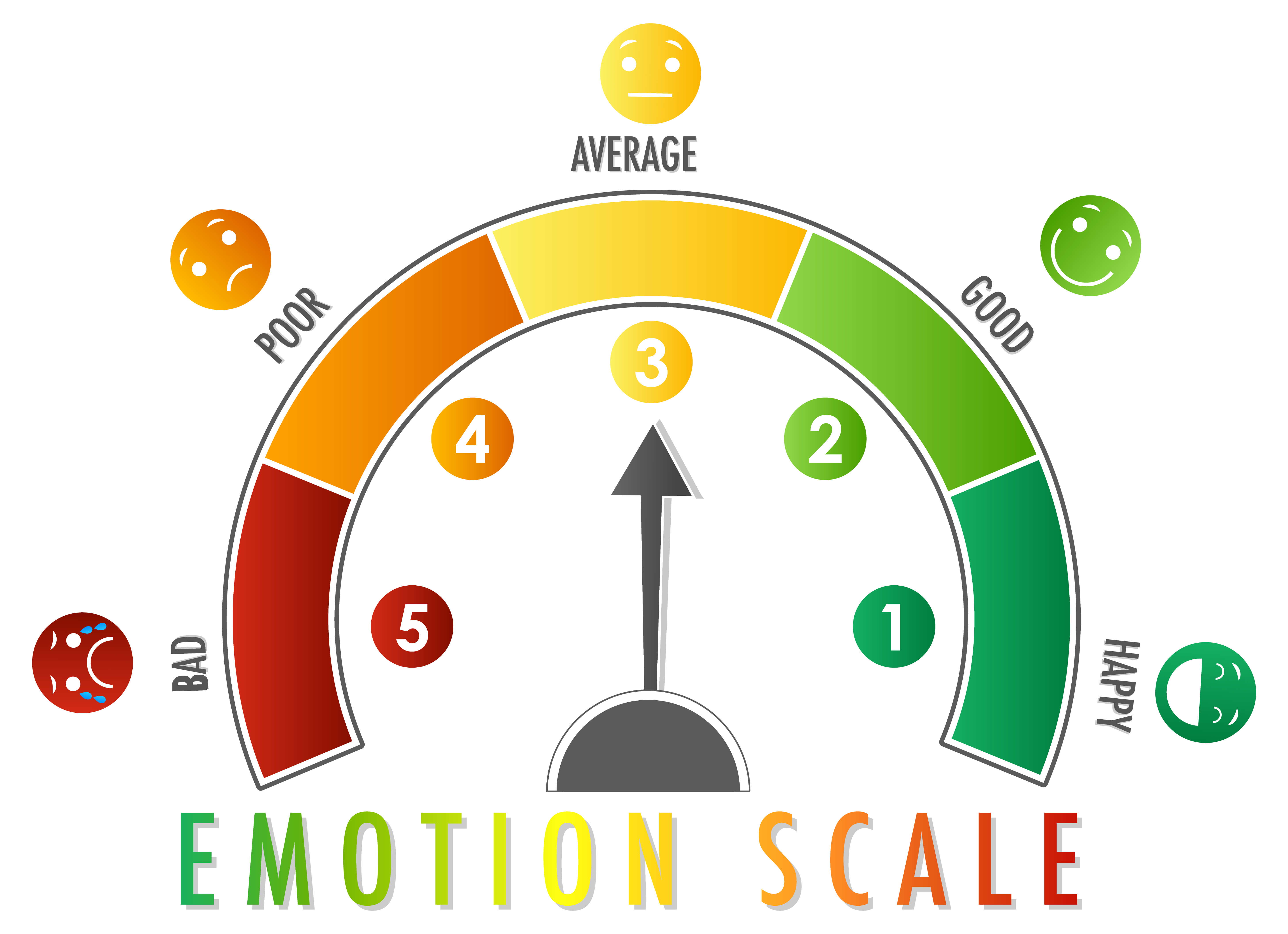
Zones of Regulation
The Zones of Regulation is a school-based behaviour framework that teaches students to identify and manage their emotions using colour-coded zones (blue, green, yellow, red). While it aims to support self-regulation, it is often applied in ways that emphasise control and compliance over authentic emotional expression—especially for neurodivergent students.
This tag explores how the Zones framework is implemented in classrooms, its limitations for autistic and ADHD learners, and the ways it can become punitive or prescriptive when disconnected from co-regulation and trauma-informed practice. Posts in this category include lived experiences, critiques of behaviourist application, and suggestions for more affirming, flexible alternatives.
-
Fight flight fawn freeze: surviving school
There are children who throw chairs when cornered, children who slip quietly out the door or hide behind the portable, children who don’t speak for hours, who go limp, who answer every question with “I don’t know,” and children who nod and smile and say “okay” to everything—until they collapse at home, trembling and broken,…
-
Trust as performance: when schools want deference, not dialogue
One of the most infuriating parts of being gaslit by my children’s elementary school was the repeated suggestion that I simply didn’t trust them enough. That the reason my child was struggling wasn’t because support was missing, or harm had occurred—but because I had failed to signal trust. Failed to pretend everything was fine. As…
-
Regulation isn’t colouring a box: how neurotypical emotion models can harm autistic kids
The Zones of Regulation chart is made of four tidy boxes—blue, green, orange, red—a short list of emotions, each offering the illusion of clarity, simplicity, legibility. It’s a system that looks soft, friendly, and progressive, but that often functions as a mechanism for shaping children’s expressions to fit the comfort and control needs of adults,…


